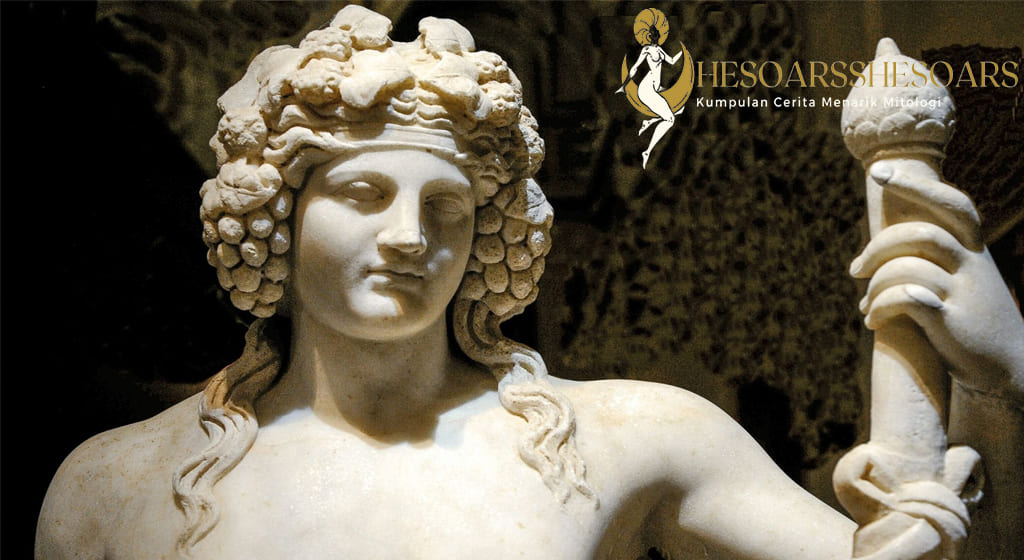Greek mythology. Is. Filled. With a plethora of captivating and mythical creatures, and one of the most famous is the Hydra. The Hydra is a multi-headed serpent-like monster that has captured the imagination of people for centuries. In this article, we will delve into the fascinating story of the Hydra, its origins, and its significance in Greek mythology.
Origins of the Hydra
The Hydra’s. Tale is. Closely associated with the Twelve Labors of Heracles (Hercules in Roman mythology), one of the greatest heroes in Greek mythology. The Hydra. Is. Believed. To have been born from the union of Typhon and Echidna, two monstrous creatures themselves. It. Is. Said. To have lived in the marshes near the ancient city of Lerna in the Peloponnese region of Greece.
Physical Appearance
The Hydra is often depicted as a colossal serpent-like creature with multiple heads. The most famous representation of the Hydra describes it as having nine heads, although some versions of the myth suggest that there may have been more or fewer heads. The most distinctive feature of the Hydra is its ability to regenerate two heads in place of one when a head is severed. Additionally, one of the heads was said to be immortal, making the creature nearly invulnerable.
Heracles and the Twelve Labors
One of the Twelve Labors of Heracles tasked him with slaying the Hydra. It was a daunting and seemingly impossible task due to the creature’s ability to regenerate heads. Heracles was accompanied by his nephew Iolaus, who came up with a clever strategy. As Heracles severed each head, Iolaus would immediately cauterize the stump to prevent new heads from growing.
Despite the Hydra’s formidable nature, Heracles managed to defeat it by using this method. However, he faced another challenge when he discovered that the Hydra’s immortal head couldn’t be killed in the same way. He eventually buried it under a heavy boulder to render it harmless.
Symbolism and Significance
The Hydra holds symbolic meaning in Greek mythology. It represents the concept of never-ending challenges and obstacles in life. Just like cutting off one head of the Hydra resulted in the growth of two more, our problems and difficulties often seem to multiply when we try to overcome them. Heracles’ victory over the Hydra symbolizes the hero’s triumph over adversity and his ability to tackle seemingly insurmountable challenges.
Cultural Impact
The story of the Hydra has had a lasting impact on literature, art, and popular culture. It has appeared in various forms in literature, including the works of ancient Greek playwrights and later authors. Artists throughout history have depicted the Hydra in paintings, sculptures, and other forms of art. In contemporary culture, has made appearances in movies, video games, and literature, often as a formidable and relentless foe.
Conclusion Hydra
The is a legendary creature from Greek mythology that has fascinated people for generations. Its enduring story of Heracles’ epic battle with the multi-headed serpent serves as a symbol of courage, resilience, and the triumph of good over evil. The Hydra’s presence in art, literature, and popular culture continues to highlight its enduring significance in our modern world.Top of FormBottom of Form




